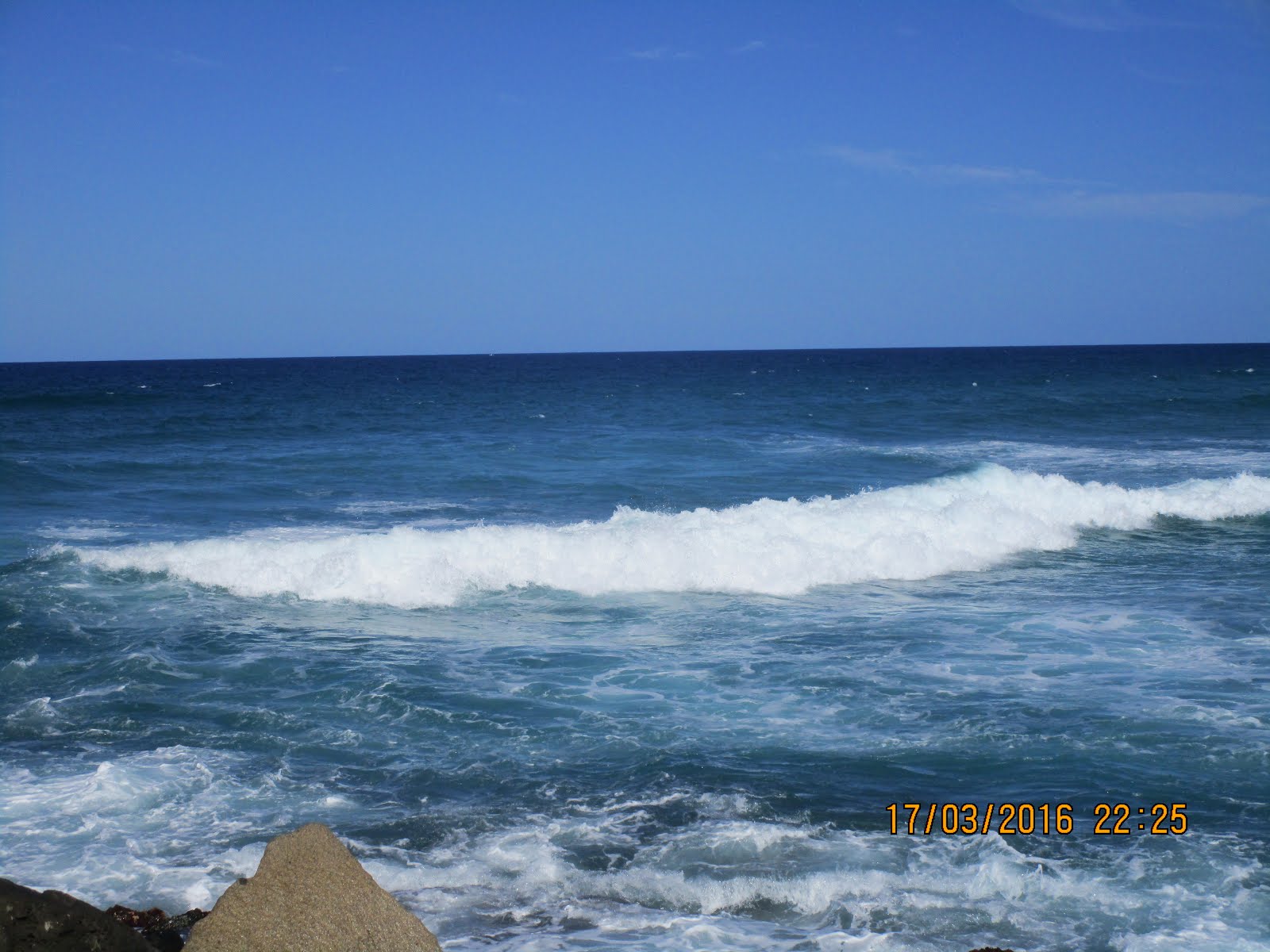That's the name of the game.. right? well that's what I did a couple of weeks ago. After having admired a technique which I had read about and heard about before but never pratcised I put ink to paper so to speak. I bought one of those new double sided lino plates and inked it up minus any cuts. I must admit that I haven't practised the technique as per what I had read, I sort of changed it to suit my desire as I went along, sort of letting it develop as I went.
Fist I inked the plate in a light toned colour, printed it , cleaned it mixed a darker colour and ripped some paper stencils. Then I reinked the plate in the second colour and placed it in position re registrations marks as you do...., put the paper stencils on top of the plate, placed the printing paper on top and print. Here's that result.. quite nice I thought so feeling chuffed at this stage. Moving on to.......
this,colur number three (the square shape) only because I liked some of the marking in this lino plate but felt the shape itself spoilt the design. But I kept going just to see what would happen and mixed a fourth colour for one of my favourite lino plates the turtle, it pays to not destroy them sometimes as one can experiment with them.In the end it became a four colour print.Still feeling pretty good with my efforts I decided to have another go.
By now I was hankering for a coffee so made one which was drunk when cold as was forgotten!
This often happens to my hot drinks when I am working.
Preprinting second colour with stencil in place.
Here I have printed the background colour, cleaned the plate , decided on shapes and cut out the stencil and placed over the second colour on the plate and printed that with this image that follows.
As we all know it prints in reverse.
At present I can see tadpoles which weren't part of the theme at the time.
Following through with my favourite plate I cut around the turtle to give a cleaner edge and inked it up in a darker colour, printed it and
there you have it.
Size of lino plate is 150mmx200mm so it's not a big print. Paper is Fabriano Rosapina white 220 g.
I used water based inks by Schmincke which I am enjoying .These were handpulled using an old brayer as my "press"
I like the easy cleaning for experimenting sessions compared to the slower cleaning process with oil based inks which I prefer for quality prints. Using this process I can sort any possible problems before attempting quality prints.

























